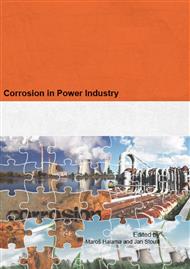p.31
p.41
p.49
p.59
p.63
p.67
p.77
p.83
p.91
BLEVE - Cases, Causes, Consequences and Prevention
Abstract:
Corrosion is typical of the damage that occurs in ageing pressure vessels and pipelines used in industrial processes as a result of reactive products inside or harsh environmental conditions on the outside. Motivation for this article is to summarize cases, causes, consequences, and prevention in terms of models for the prediction of explosion pressure from BLEVEs. The contribution deals with real scenarios of accidents associated with transport and storage pressurized facilities with corrosive flammable chemicals. While the LPG, propane, and butane BLEVEs are well described in the literature, the information about corrosive and toxic flammable substances are rather scarce. The study presents the results of hazardous zone calculation for the event of ammonia corrosive non-flammable chemical releases. For calculations of the BLEVE overpressure, AICHE ́s Prugh ́s and Baker ́s models together with Effects 9.0.8. Rupture of vessels model were used for this study.
Info:
Periodical:
Pages:
91-94
Citation:
Online since:
December 2014
Keywords:
Price:
Сopyright:
© 2015 Trans Tech Publications Ltd. All Rights Reserved
Share:
Citation:


